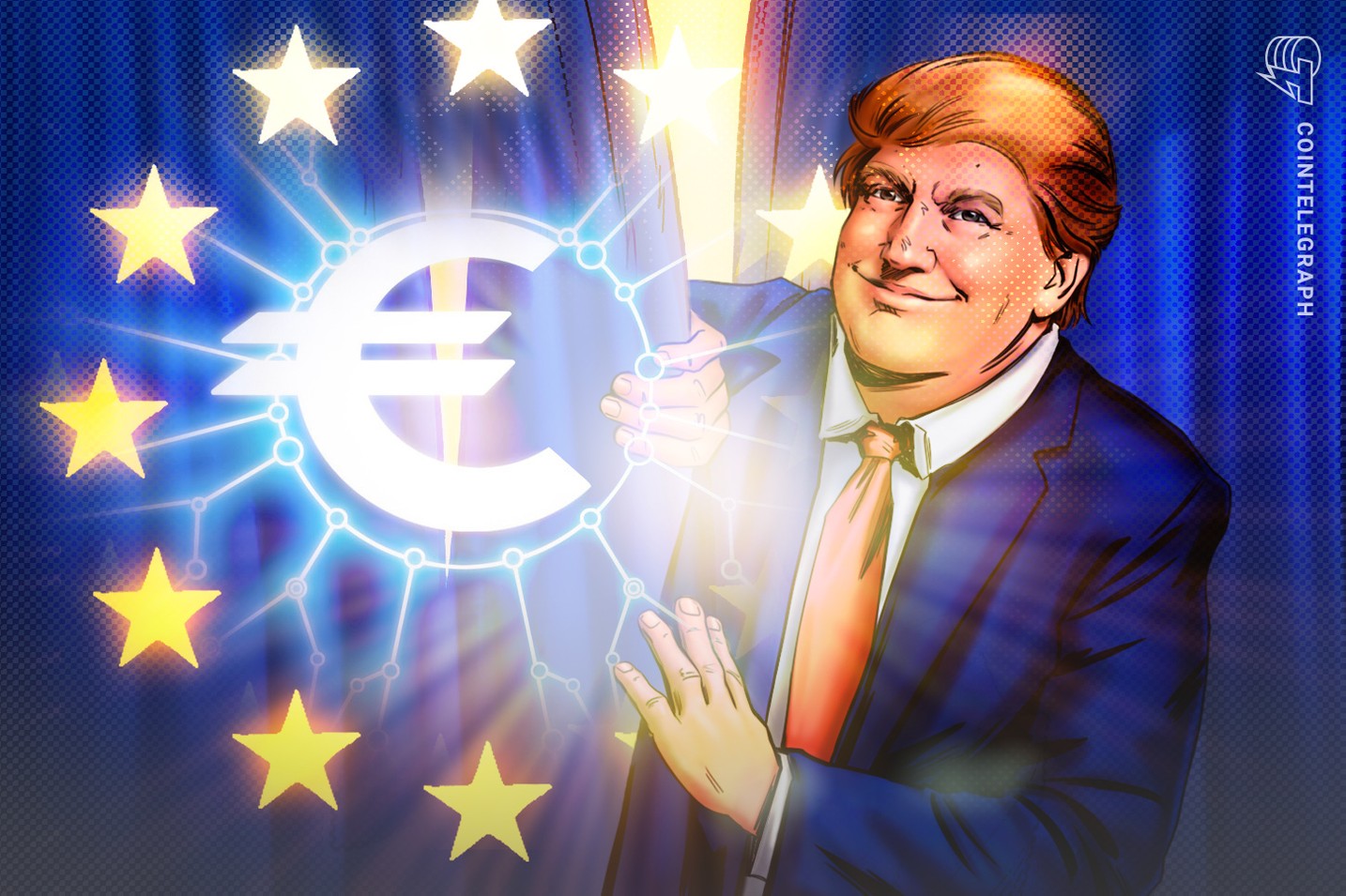Trump’s Crypto Strategy: A Threat to Europe’s Financial Stability? | 2025


Trump’s Crypto Strategy: A Threat to Europe’s Financial Stability?
In a recent statement, Pierre Gramegna, the managing director of the European Stability Mechanism (ESM), expressed serious concerns regarding the potential impact of US President Donald Trump’s support for cryptocurrencies on Europe’s financial stability. Gramegna highlighted that the increasing popularity of US dollar-denominated stablecoins could pose a significant threat to Europe’s monetary sovereignty.

Concerns Over Dollar-Denominated Stablecoins
During a Eurogroup meeting on March 10, Gramegna stated, “The US administration is favorable toward cryptocurrencies and especially dollar-denominated stablecoins, which may raise certain concerns in Europe.” His remarks underline the apprehension among EU finance officials about the implications of a US-led crypto revolution.

Gramegna cautioned that if the US successfully launches mass payment solutions based on dollar-denominated stablecoins, it could undermine the euro area’s monetary sovereignty and financial stability. This scenario raises questions about the future of the euro and the European economy as a whole.

The Urgency for a Digital Euro
In light of these developments, Gramegna emphasized the importance of the European Central Bank (ECB) in accelerating the creation of a digital euro. He stated, “The ESM supports the ECB’s urgency in making the digital euro a reality to safeguard Europe’s strategic autonomy — this digital euro is today more necessary than ever.”

The ESM, an intergovernmental organization formed by euro area member states, plays a crucial role in helping countries navigate financial crises and maintain long-term financial stability. Gramegna’s comments reflect a growing consensus among EU officials that a European central bank digital currency (CBDC) is essential for maintaining economic resilience.

Linking Autonomy and Currency Resilience
Gramegna pointed out that discussions surrounding the digital euro are fundamentally linked to Europe’s autonomy and the resilience of its currency. He stated, “These discussions are fundamentally linked to our own autonomy and to the resilience of our currency.” The urgency for a CBDC has never been more pronounced, especially as global financial dynamics shift.

In February, the ECB announced its commitment to developing a CBDC payment system designed to facilitate transactions between institutions. The ECB has been exploring various aspects of a digital euro since 2020, including both consumer-facing retail options and wholesale cross-border settlements between central banks.
Trump’s Stance on CBDCs
In contrast to the ECB’s proactive approach, Trump has publicly opposed the idea of a Federal Reserve CBDC. In January, he announced the formation of a crypto working group while simultaneously prohibiting the “establishment, issuance, circulation, and use” of a US CBDC. This stance highlights the divergent paths taken by US and European authorities regarding the future of digital currencies.
In late January, ECB President Christine Lagarde emphasized the need for central bank reserves to be “liquid, secure, and safe,” suggesting that crypto assets would not meet these criteria. This statement further underscores the ECB’s cautious approach to integrating cryptocurrencies into the financial system.

The Future of Financial Stability in Europe
The ongoing discussions about the implications of Trump’s crypto push and the potential rise of dollar-denominated stablecoins are critical for Europe’s financial future. As the global landscape evolves, the need for a robust and secure digital euro becomes increasingly urgent.

In conclusion, the intersection of US cryptocurrency policies and European financial stability is a complex issue that requires careful consideration. The ESM’s call for a digital euro is a proactive step towards ensuring that Europe remains competitive and resilient in the face of emerging financial technologies. As the situation develops, it will be essential for EU officials to navigate these challenges effectively to safeguard the euro and the broader European economy.

For more insights on this topic, you can read the original article here.






